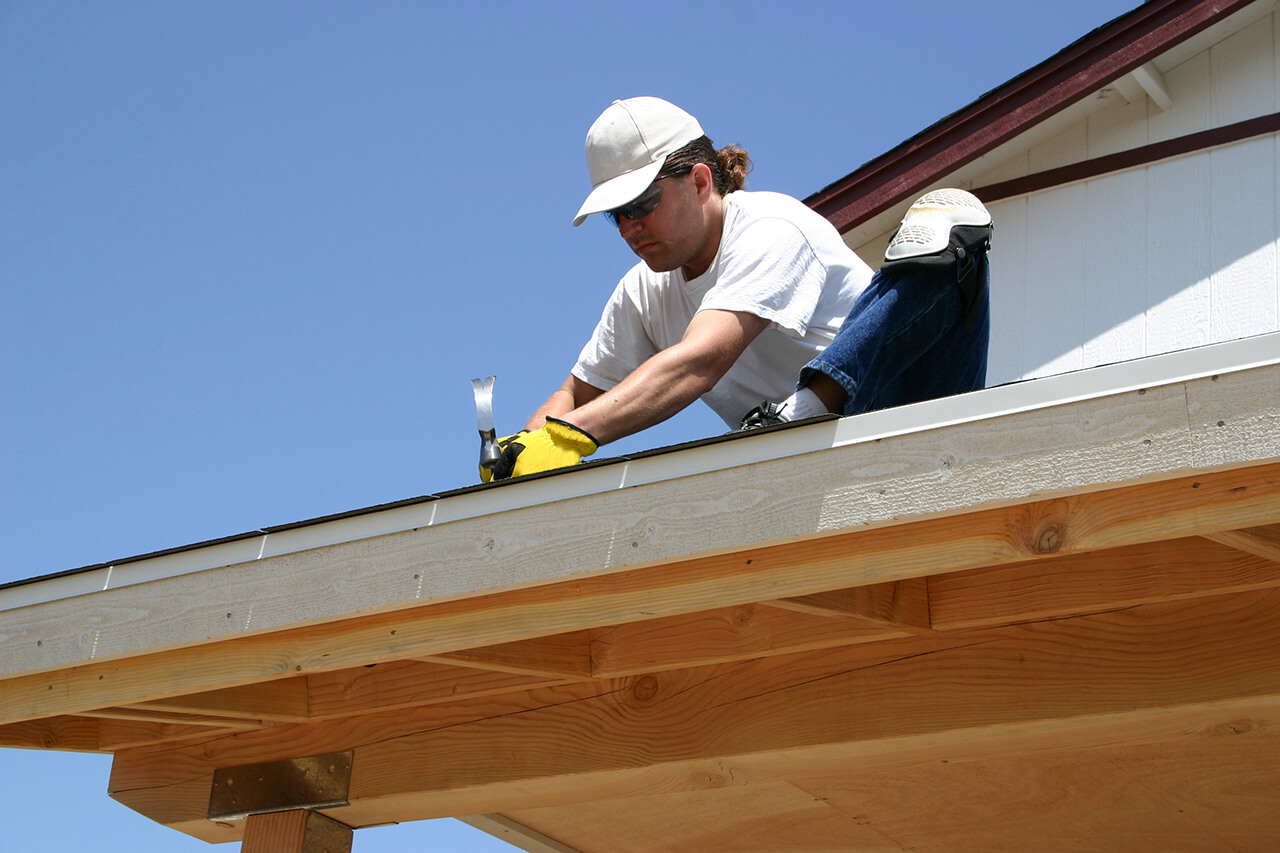
Use this guide to budget for roof repair costs based on factors such as roof condition, materials, size, repair type and severity, and more.



Converting from an oil furnace to an electric furnace isn't a simple swap—the oil system needs to be completely removed before installing the electric furnace. You'll need a full electric system installation, but you might be able to reuse existing ductwork if it's up to current safety standards. You’ll need to budget for a new electric furnace installation, which costs between $1,800 and $6,200, including professional removal, proper disposal, and safe installation of the new system.
Electric furnaces are 100% efficient at converting electricity into heat. However, some of that heat can be lost as it travels through your home's ductwork or escapes through poorly insulated areas. That's why regular duct maintenance and proper home insulation are important to maximize your furnace's efficiency and reduce heat loss, ensuring consistent warmth and lower energy costs.
With proper maintenance, an electric furnace can last anywhere from 20 to 30 years, outlasting the average gas furnace's lifespan of 15 to 20 years. To keep your electric furnace running efficiently, schedule regular cleanings, tighten connections, and have inspections done before winter arrives. With routine maintenance, you’ll ensure consistent, safe heating for years to come.
The size of the electric furnace you need depends on factors like your home's square footage, climate, and insulation quality. As a general guideline, those who live in warmer climates should multiply their square footage by 30 to 35 BTUs, while those in cooler areas should multiply it by 50 to 60 BTUs.
Consulting with an HVAC professional can help you determine the exact size that's right for your home.
An electric furnace works by converting electricity into heat using high-resistance heating elements. A blower then pushes the warm air through your home's ductwork, distributing heat evenly throughout your space. Since there's no combustion involved, electric furnaces eliminate the risks associated with gas furnaces and provide consistent, reliable heating when properly installed.
An electric furnace uses between 40 and 80 kilowatts per day to heat your home. The exact amount it uses depends on factors like your home's size, insulation, and overall energy requirements. Larger homes or those with poor insulation use more energy than smaller, well-insulated spaces. A professional furnace assessment can help confirm the ideal unit size for your needs.
From average costs to expert advice, get all the answers you need to get your job done.

Use this guide to budget for roof repair costs based on factors such as roof condition, materials, size, repair type and severity, and more.

Need fascia and soffit repairs? Hiring a pro ensures proper installation, protects against pests, and prevents structural damage. Learn about common warning signs, material options, and how fascia and soffits safeguard your home from moisture.

Learn how to budget for a new fence by exploring cost factors such as the fence size, height, posts, gates, style, and labor requirements.

Discover how much an electric furnace costs based on factors such as unit size, local labor rates, electrical upgrades, and ductwork condition.

Discover how much HVAC repairs cost based on the extent of damage, components that require replacement, and labor rates.

Budget for gas furnace costs based on factors such as size, climate, energy efficiency, furnace type, fuel source, labor, and more.